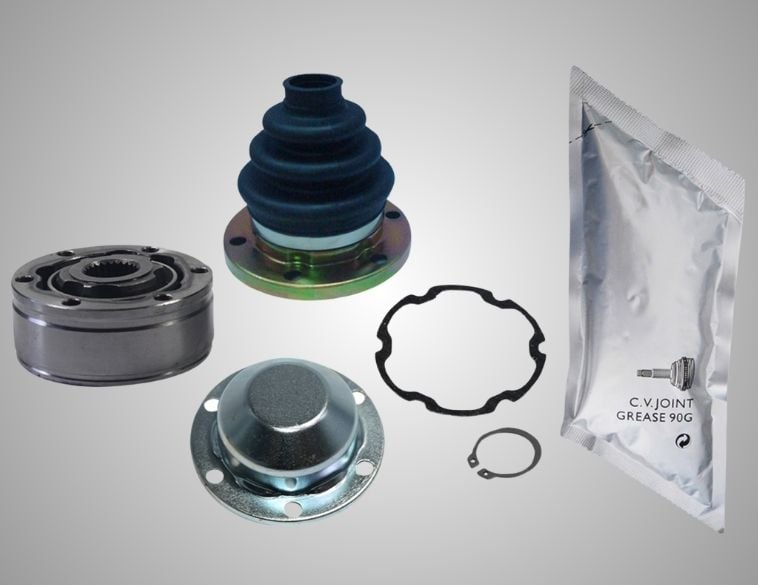Clients often think they’re making a fair comparison when it comes to auto parts, but we know that’s not always true.
There are a lot of automotive parts options in our industry that many consumers aren’t aware of. You can add value for your client right at the point of providing an estimate by taking the time to explain parts differences.
My father built a national automotive aftermarket brake parts company starting with just ten part numbers. That was almost 25 years ago. Do you remember when one brake rotor number would cover a wide range of production years and most models within a brand? Nowadays, his business carries over 1,000 part numbers and every year new numbers are being added. It seems like every vehicle has its own set of parts and the difference between them is within thousands of an inch! I honestly don’t envy the parts suppliers who have to deal with juggling such a wide variety of inventory.
Options within a brand
The vast majority of vehicle owners aren’t aware of differences between parts, even within a manufacturer. For example, Wagner brake pads are available in four different formulations. Shopping for parts is like deciding on wall paint colour—will it be Forest Green, Jasmine Green, or perhaps Grasshopper Green? While many clients understand OE versus aftermarket parts, few realize the number of options that are actually available.
Price comparison
Even if you don’t provide an estimate over the phone, your clients might call other shops that do. Are they really comparing the same thing? For example, a client is looking for a quote on Yokohama tires. One shop quotes Yokohama Avid Touring tires while another uses Yokohama Advan Sports. Meanwhile the client thinks they’re comparing apples to apples, so to speak.
It’s our job to educate clients that not all parts are the same so that if they compare pricing, they’re aware of a potential discrepancy. I’m not suggesting that you should specify part numbers. However, if you’re providing an estimate for an oil change on a European luxury car, consider letting the client know that the oil filter is appropriate for an extended mileage interval. Otherwise, you risk being overpriced when compared to a shop that is using a standard (and inappropriate) oil filter.
Quality and warranty
There’s a common mindset that all parts made in China are poor quality, and that’s unfortunate. If you’ve been to China, you would’ve seen many things produced well and some better than the quality here. Poor quality parts are driven by price pressures and are not country-specific. If your client is on a budget, let them know that in order to stay within their price range the parts you quoted are lower in quality (even if they meet the manufacturer’s specifications). If the part comes with a 3-year, 5-year, or lifetime warranty consider passing on the parts warranty to your client so you can differentiate yourself from your competition and offer value to your service. Many shops still only offer a 1-year/20,000km parts warranty.
There’s a factor of the ‘unknown’ when it comes to auto repair because clients often don’t know what the part even is, never mind its design or warranty. Contrast that with their ordinary buying experience where they can see the product and brand, as well as know the warranty or return policy. Take ambiguity out of parts and let them know what they’re paying for.



